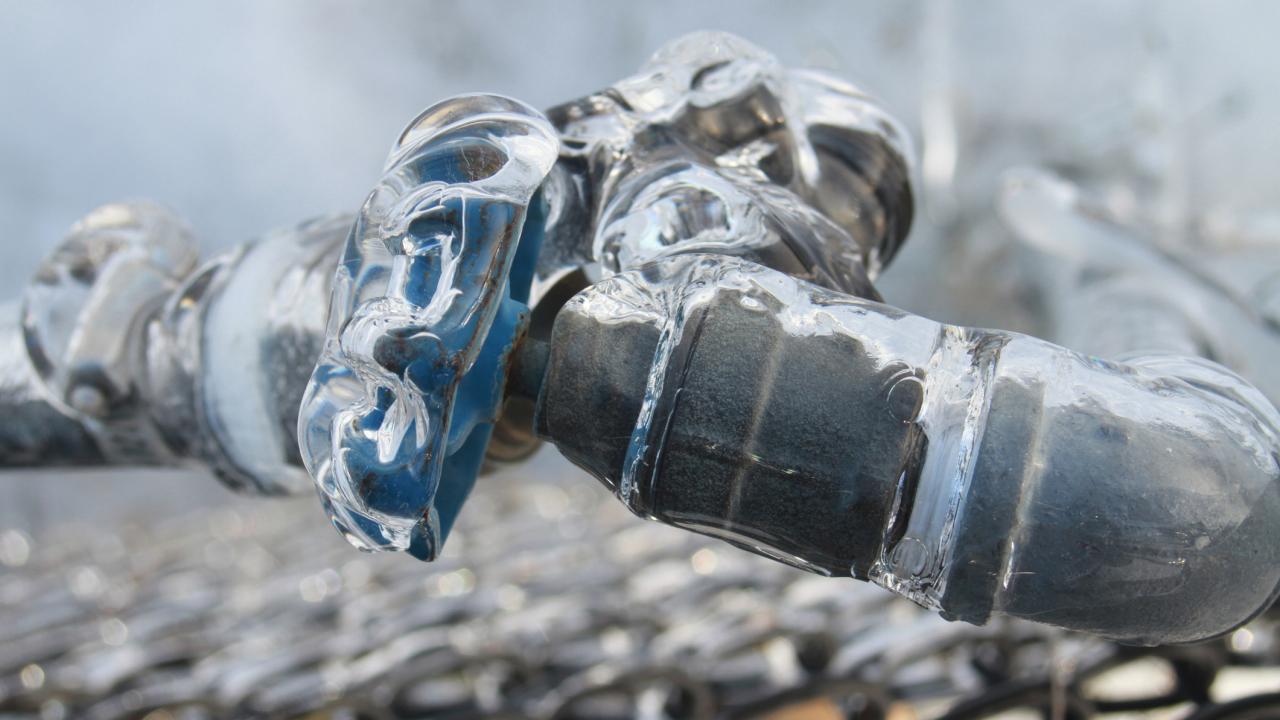Crucial Tips to Prevent Frozen Pipes in Winter: Expert Insights
Crucial Tips to Prevent Frozen Pipes in Winter: Expert Insights
Blog Article
Were you trying to find answers concerning Winter Plumbing Precautions: Preventing Frozen Pipes?

Cold weather can damage your pipes, specifically by freezing pipes. Below's just how to stop it from happening and what to do if it does.
Intro
As temperature levels decrease, the threat of frozen pipelines boosts, potentially resulting in costly fixings and water damages. Recognizing just how to prevent frozen pipelines is vital for home owners in cool environments.
Prevention Tips
Insulating vulnerable pipelines
Wrap pipes in insulation sleeves or use warm tape to protect them from freezing temperatures. Concentrate on pipes in unheated or external locations of the home.
Heating techniques
Keep indoor spaces effectively warmed, specifically areas with plumbing. Open up closet doors to permit warm air to distribute around pipelines under sinks.
Exactly how to determine frozen pipelines
Look for reduced water circulation from taps, uncommon smells or noises from pipelines, and visible frost on subjected pipes.
Long-Term Solutions
Architectural adjustments
Take into consideration rerouting pipes away from outside wall surfaces or unheated areas. Include added insulation to attics, basements, and crawl spaces.
Upgrading insulation
Purchase top quality insulation for pipes, attics, and walls. Correct insulation aids keep constant temperatures and decreases the risk of icy pipes.
Shielding Outdoor Plumbing
Yard hose pipes and outdoor faucets
Disconnect and drain garden pipes prior to winter season. Mount frost-proof spigots or cover outside faucets with insulated caps.
Recognizing Icy Pipes
What causes pipelines to freeze?
Pipes ice up when subjected to temperature levels below 32 ° F (0 ° C) for prolonged periods. As water inside the pipelines ices up, it increases, taxing the pipe wall surfaces and potentially triggering them to burst.
Risks and problems
Icy pipelines can bring about water supply disruptions, residential property damage, and expensive repair work. Ruptured pipelines can flood homes and cause substantial structural damages.
Signs of Frozen Water Lines
Identifying icy pipelines early can prevent them from breaking.
What to Do If Your Pipes Freeze
Immediate actions to take
If you presume icy pipes, keep taps open up to alleviate pressure as the ice thaws. Make use of a hairdryer or towels taken in hot water to thaw pipes slowly.
Conclusion
Protecting against frozen pipes needs proactive actions and quick reactions. By recognizing the reasons, signs, and safety nets, property owners can shield their pipes throughout cold weather.
5 Ways to Prevent Frozen Pipes
Drain Outdoor Faucets and Disconnect Hoses
First, close the shut-off valve that controls the flow of water in the pipe to your outdoor faucet. Then, head outside to disconnect and drain your hose and open the outdoor faucet to allow the water to completely drain out of the line. Turn off the faucet when done. Finally, head back to the shut-off valve and drain the remaining water inside the pipe into a bucket or container. Additionally, if you have a home irrigation system, you should consider hiring an expert to clear the system of water each year.
Insulate Pipes
One of the best and most cost-effective methods for preventing frozen water pipes is to wrap your pipes with insulation. This is especially important for areas in your home that aren’t exposed to heat, such as an attic. We suggest using foam sleeves, which can typically be found at your local hardware store.
Keep Heat Running at 65
Your pipes are located inside your walls, and the temperature there is much colder than the rest of the house. To prevent your pipes from freezing, The Insurance Information Institute suggests that you keep your home heated to at least 65 degrees, even when traveling. You may want to invest in smart devices that can keep an eye on the temperature in your home while you’re away.
Leave Water Dripping
Moving water — even a small trickle — can prevent ice from forming inside your pipes. When freezing temps are imminent, start a drip of water from all faucets that serve exposed pipes. Leaving a few faucets running will also help relieve pressure inside the pipes and help prevent a rupture if the water inside freezes.
Open Cupboard Doors
Warm your kitchen and bathroom pipes by opening cupboards and vanities. You should also leave your interior doors ajar to help warm air circulate evenly throughout your home.

Do you like reading about How To Avoid Freezing Pipes? Place feedback down the page. We'd be delighted to listen to your reactions about this page. Hoping that you come back again soon. For those who appreciated our blog post plz do not forget to pass it around. Thanks a lot for going through it.
Click Here Report this page